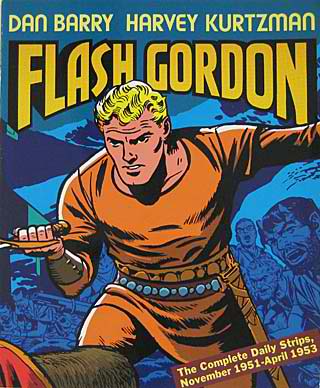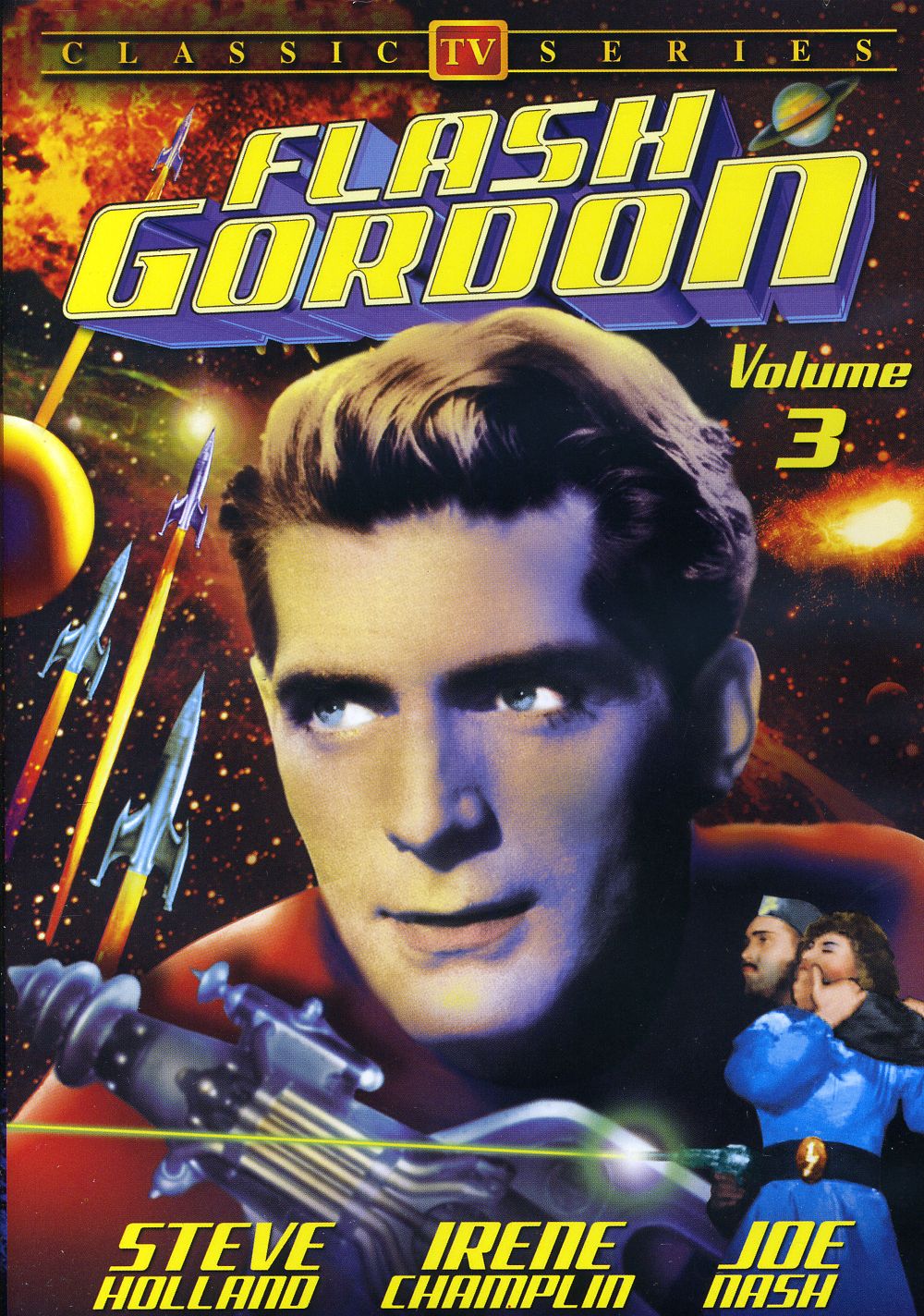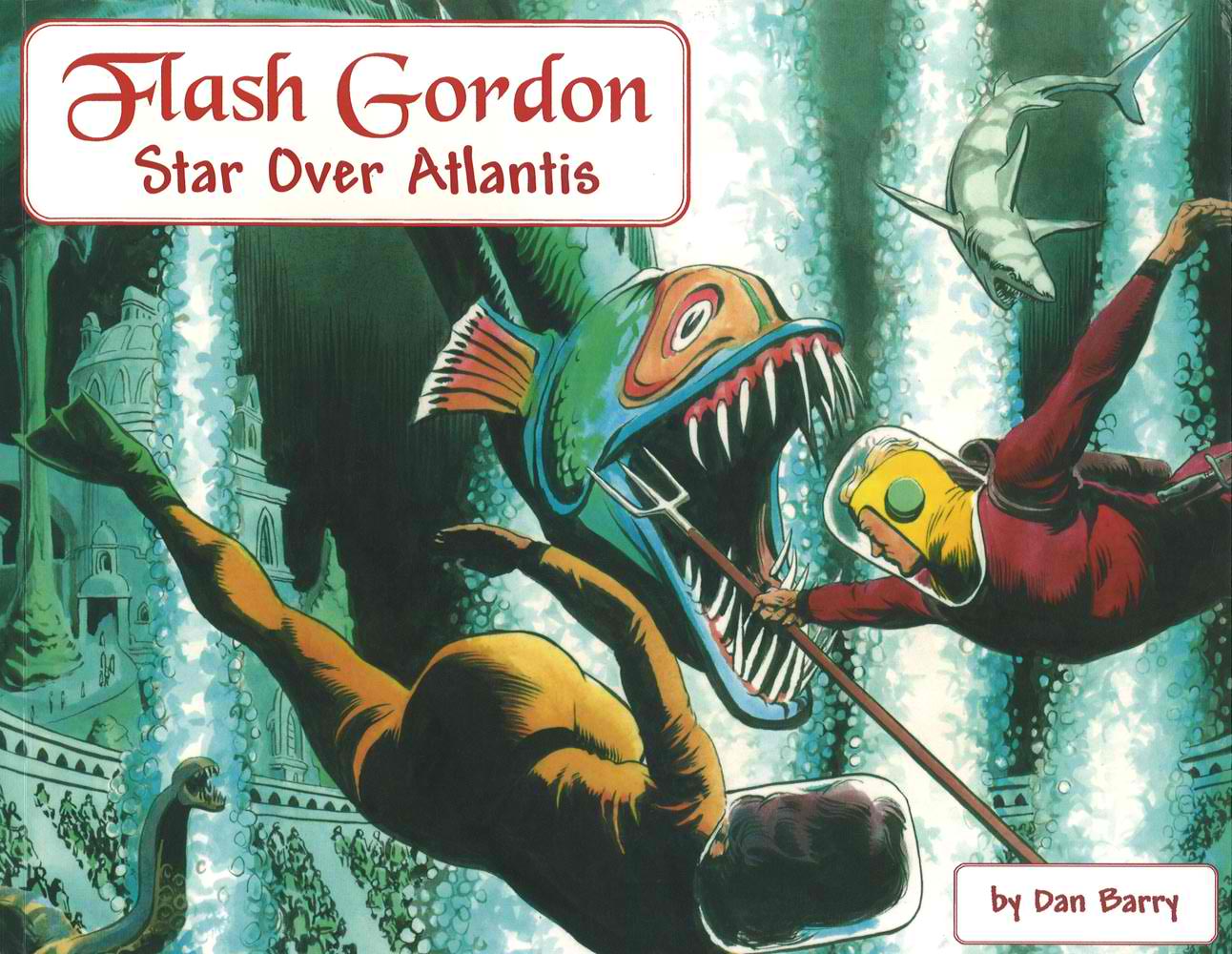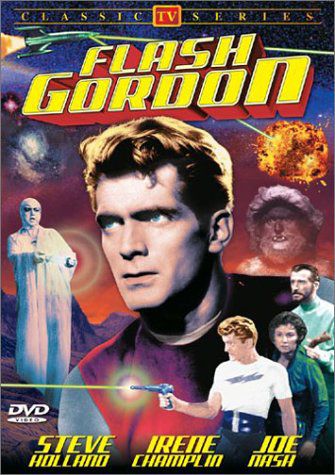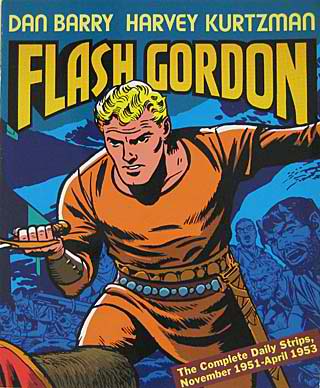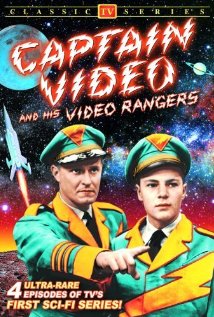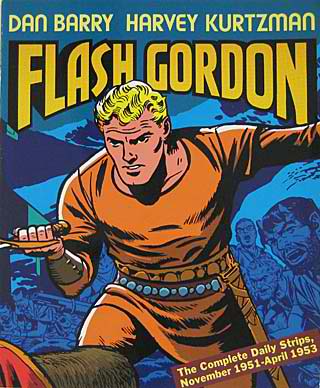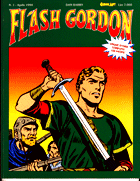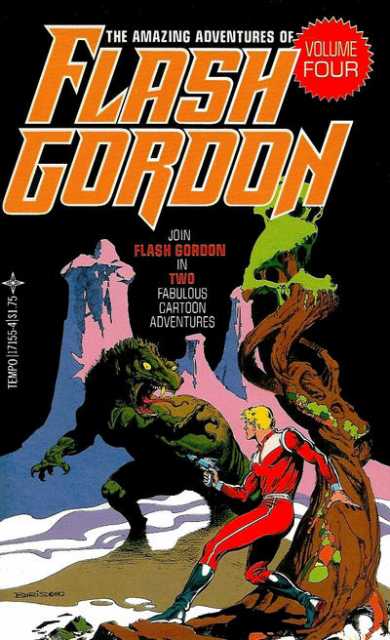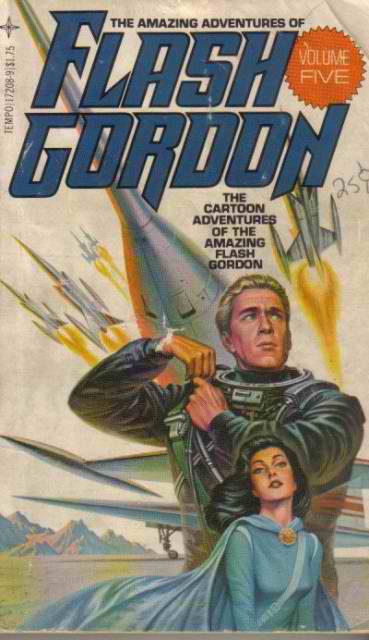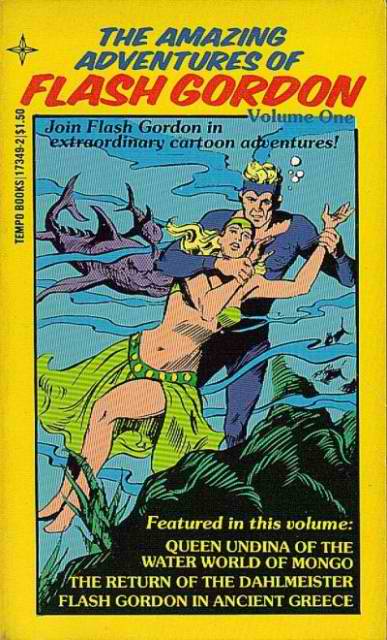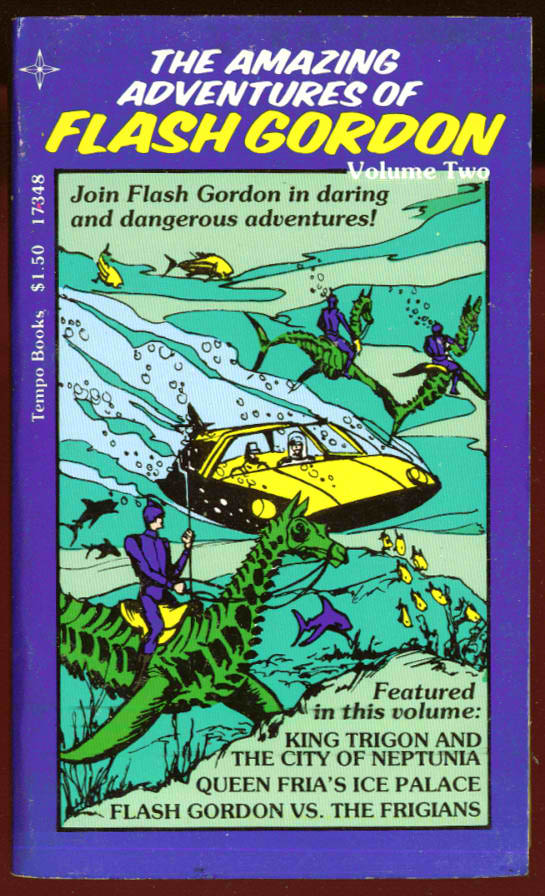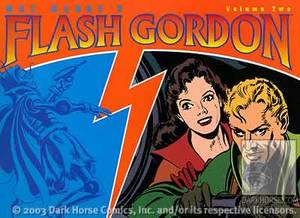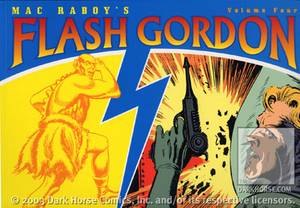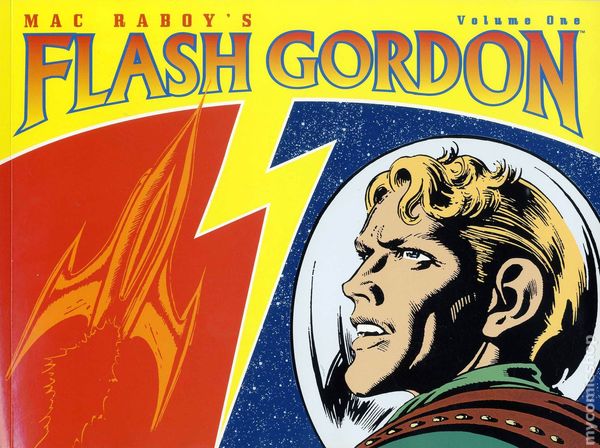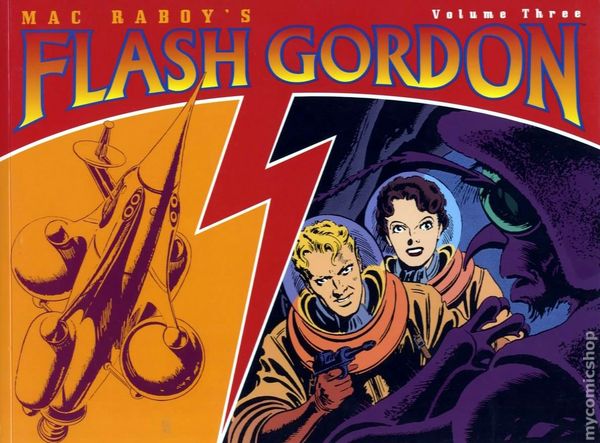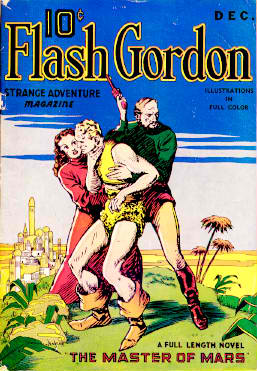Blogging Dan Barry’s Flash Gordon, Part Eight
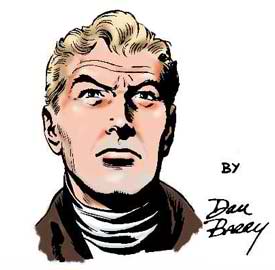
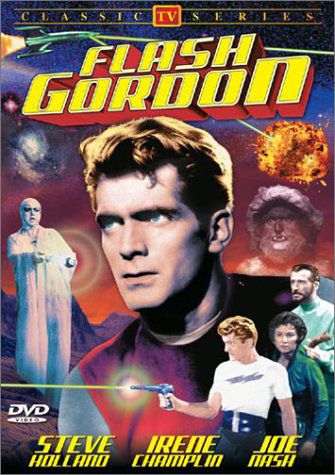 “Peril Park” by Dan Barry was serialized by King Features Syndicate from August 31 to November 13, 1954. I’ve begun to develop a fondness for Barry’s rather unique take on the character. He is a far cry from Alex Raymond, but his version is not without charm and these early 1950s strips did much to influence the Flash Gordon television series of the fifties.
“Peril Park” by Dan Barry was serialized by King Features Syndicate from August 31 to November 13, 1954. I’ve begun to develop a fondness for Barry’s rather unique take on the character. He is a far cry from Alex Raymond, but his version is not without charm and these early 1950s strips did much to influence the Flash Gordon television series of the fifties.
“Peril Park” opens with a tranquil scene of Flash and Dale enjoying a summer day boating on the lake when Flash discovers a message in a bottle. The twist is that the message was written 600 years in the future by a woman called Elda who claims to be held captive on an island in the very lake where Flash and Dale are relaxing.
Dale is eager to let the matter lie, but Flash cannot and, with Dr. Zarkov’s help, he whisks forward six centuries via the time-space projector in Zarkov’s lab. The time travel scenes are rendered in a highly inventive fashion that suggests an influence on the trippy astral projection art pioneered by Steve Ditko on Marvel’s Doctor Strange a decade later.
